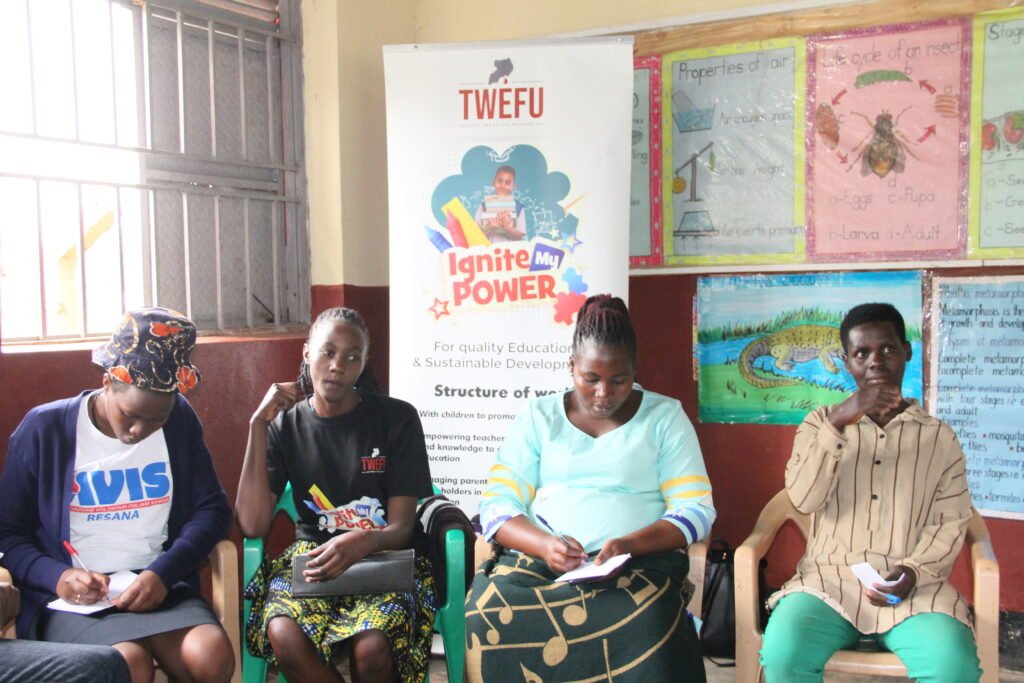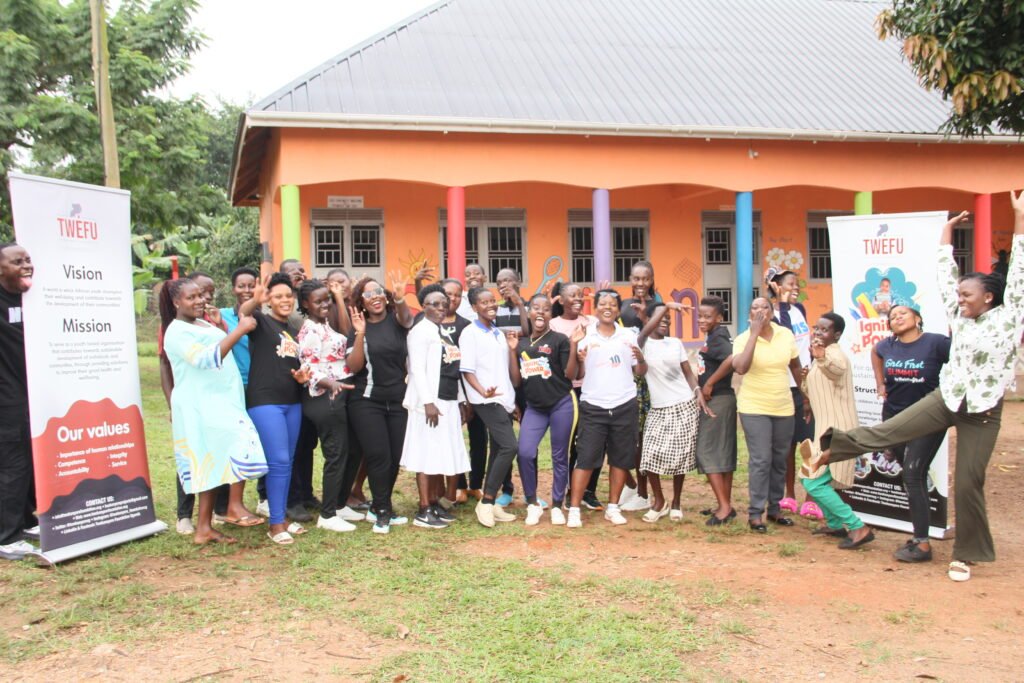BLOG POST


Details
READING TIME
3 min
Breaking the Stigma: Why Menstrual Hygiene Education Matters
Menstruation is a natural biological process experienced by half the world’s population, yet it remains shrouded in silence and stigma across many cultures. This taboo prevents open discussions, leading to a lack of education on proper menstrual hygiene management (MHM), which can have significant health and social impacts on women and girls. This blog explores why menstrual hygiene education is essential and how breaking the stigma can improve the lives of millions globally. For many girls and women, menstruation is still a source of shame and embarrassment, often reinforced by cultural norms and societal expectations. In many countries, myths about menstruation perpetuate harmful practices, including isolating women during their periods or using unsafe materials like rags, leaves, or ashes in place of sanitary products. These practices can lead to infections, reproductive health issues, and emotional distress. Furthermore, menstruation often disrupts education. Girls who lack access to menstrual hygiene products or do not know how to manage their periods miss school during their cycles, which can lead to falling behind in their studies. According to UNESCO, 1 in 10 girls in Sub-Saharan Africa misses school during menstruation, with some dropping out altogether due to recurring absenteeism. The lack of proper sanitation facilities and privacy in schools further exacerbates this issue. The underlying problem is a lack of menstrual hygiene education. When girls are not taught about their bodies and how to manage menstruation, they are more likely to experience fear, confusion, and shame during their periods. Boys and men also need education on menstruation to foster understanding, reduce stigma, and encourage supportive environments for women and girls.
Key Solutions
1) Comprehensive Menstrual Education Programs: Schools should implement menstrual hygiene education as part of their health curriculum. This education should focus on teaching girls and boys about the menstrual cycle, proper hygiene practices, and the importance of breaking harmful myths surrounding menstruation.
2) Community Engagement: Beyond schools, community-based education programs are essential to reach women and girls who may not be in school. These programs can help address cultural taboos and misconceptions, encouraging more open dialogue within families and communities.
3) Access to Menstrual Products and Facilities: In addition to education, providing access to affordable menstrual hygiene products and safe, clean sanitation facilities is critical. NGOs, governments, and businesses should collaborate to ensure that girls and women have the resources to manage their periods with dignity.
4) Media Campaigns to Reduce Stigma: Public awareness campaigns that normalize menstruation and promote open discussions can help dismantle the stigma. Engaging influencers, media personalities, and social media platforms can further amplify the message.
In Conclusion
Menstrual hygiene education is not just about providing information—it’s about empowering women and girls to take control of their health and break free from societal taboos. By fostering understanding and encouraging open conversations about menstruation, we can create a more supportive and inclusive society. As we break the stigma and educate both women and men, we open the door to healthier, more empowered futures for everyone.







